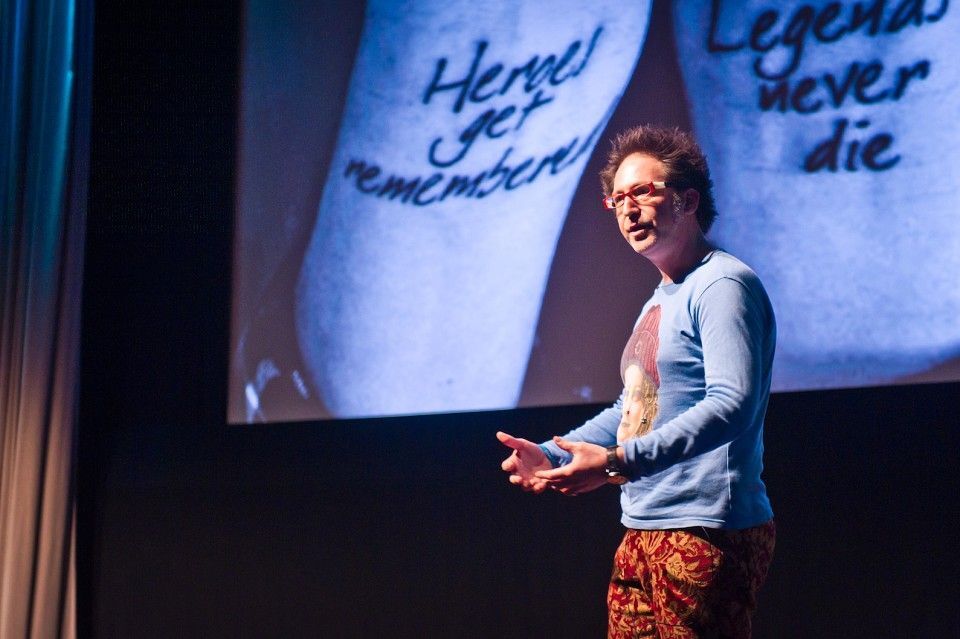
Desperately Seeking Strategy – By Miranda di Carcaci

By Miranda di Carcaci
Desperately Seeking Strategy
Though I appreciate the ironic truth that insights can be hard to see, the humour was beginning to be lost on me as D&AD drew closer. Much like the gold hungry Klondike prospectors before me, I spent half term shifting through cold hard facts and statistics in the hope of finding a shimmering nugget to bring me fame and fortune. While I am lucky that come February 27th I didn’t find myself in the Alaska wilds, having swapped my life savings for a sieve and two anaemic huskies, when it came to insights I still couldn’t tell a carat from a carrot.
Little did I know Shekhar Deshpande was about to change all this, turning my concept of strategy on its head. The first lesson I gleaned (which our friends in the Klondike’s could have heeded) is that you don’t have to travel far afield to find the truths you are looking for. In fact, the very nature of insights, which he defines as ‘a discovery of human emotion’, that a) explains behavior (arising out of tension or conflict) and B) unlocks a brand opportunity, find their most fertile ground in the popular culture we know and love. Everyone from Susan Boyle to the Mona Lisa can help us unpick human nature if only we look and listen. Once you realize that an insight can be dug out of your surroundings, as long as you ask the right questions (Why do people flock to the Mona Lisa?) then strategy begins to look less like the war room of a submarine, and more like twenty minutes on YouTube.
It’s easy to over intellectualize the concepts of campaigns you are working on, searching for oblique and earnest facts, and falling in love with how clever you are, before coming to terms with the fact that Thanatos has no relevance to Pringles. This increases as stakes get higher, and the clammy fingers of self-doubt begin to cinch your throat. But if you can, abstain. To seduce your audience, complicity, not superiority, is key. After all, no one likes feeling like the stupidest person in the room. Instead of wowing your subjects with complicated concepts, make them come over to your side. Obama’s donation drive during his first election campaign is a good example of this. In asking for contributions of as little as a dollar from a huge base of Americans, he brought in money, but more importantly tilted on the fence voters by making them feel they had made a decision and picked him. Rather than spectators, they were all in it together.
A final piece of advice we were given is that when it comes to finding our insights, a diverse input equals a diverse output. We have long been aware that variety is the spice of life, now we know it is also the spice of advertising. Take in songs, videos, glossy magazines, indie zines, daytime television and novels, watch people at the supermarket, in bars, on trains. These daily throbs of life are a treasure trove in disguise.










